Gremlins: A New Concept for US Air Warfare
Guest from the past
They tried to use the carrier aircraft for air launch of other winged vehicles (and I must say, not unsuccessfully) in different years. If we talk about the USSR, then one of the brightest representatives of this trend is project "Link"... Initially, the TB-1 was used as carriers, and then the famous TB-3 bomber. Airplanes I-4, I-5, I-Z and I-16 were suspended from them. It cannot be said that the idea became widespread: in 1942, the Zven-SPB crews performed about 30 sorties.
Nowadays, as you might guess, this direction is being developed most actively in the West, namely in the USA. True, no one plans to launch manned aircraft in the air.
But UAVs are just right for these purposes. The Americans have been working on the Gremlins program for several years, designed to provide the Air Force with relatively inexpensive droneswhich, nevertheless, could solve a variety of problems. Thanks to the efforts of the US Department of Defense Advanced Research Projects Agency (DARPA), as well as Dynetics, owned by Leidos Corporation, the X-61A experimental vehicle was created. It is designed to prove that the concept has the right to exist in our realities. Other participants help Dynetics in this difficult task, in particular the notorious Kratos.
The program began in 2014, and during this time many have successfully forgotten about it. At the same time, it has been showing signs of growth and development over the past few years. Perhaps the best evidence of this is the recent plans of the Americans to expand the capabilities of the "flying aircraft carrier". Drones now want not only to launch and catch in flight, but also to replenish consumable payloads directly on the carrier.
The X-61A itself will be able to reach speeds of up to M = 0,8, and its flight duration can reach several hours with a range of up to 920 kilometers. The maximum payload is about 65 kilograms: it is believed that they will be able to carry various sensors, electronic warfare systems, and even be used to destroy ground targets. One C-130 aircraft will be able to carry up to 20 such UAVs. In addition to it, other aircraft, including UAVs, can be used as a carrier.
The most curious idea is to launch drones from strategic bombers, but it is still difficult to say how feasible it is, and most importantly, whether the Americans will want to "convert" their most expensive combat vehicles into UAV carriers. Moreover, there are significant reductions ahead of us: at least if we talk about the B-1B fleet.
A journey of trial and error
The Americans have reasons to be proud, although it should be said right away that the tests are still very far from completion. As of January 2020, five X-61A have been built. In July 2019, an earthquake near China Lake damaged some of the test equipment, delaying the program. The X-61A made its first free flight on January 17, 2020. It passed successfully, but the main parachute did not open, and the device was lost as a result of a hard landing.
In August 2020, it became known about the second test flight: this time it was possible to successfully land the device using a parachute. The flight lasted over two hours. It is important to say that the tests involved a rendezvous with the C-130 aircraft.
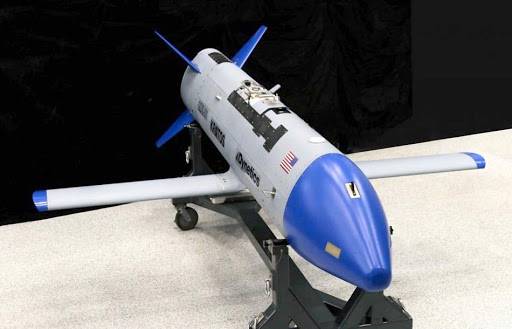
The disappointment was last year's series of attempts to catch drones. In October 2020, the Americans tried to catch the UAV in the air nine times using a manipulator mounted on a C-130. All of them de facto ended in nothing, since there was too much movement regarding the capture of the manipulator and drone. The Gremlins eventually returned to earth using parachutes.
Since the Americans still managed to work out the interaction of the UAV groups, the tests cannot be called completely useless. As, however, and newer, which became known in January. The Americans have once again confirmed that the X-61A can act in close conjunction with the carrier.
Now the efforts of the developers are aimed at finalizing the manipulator and the drone software. Given how many years the program has been in existence and how much experience the creators have already gained, there is little doubt that at some stage they will still be successful. And it's not just about testing.
"Miracle weapon" and the path into the unknown
Even if we forget about the "aircraft carriers" of the past, the presented concept is not unique. Last year, the United States conducted flight tests of the Sparrowhawk unmanned aerial vehicle, which can be launched from another aircraft. Specifically, during the tests, the MQ-9 Reaper UAV played its role, however, the wearable drone itself was not launched at that time.
Russia wants to use a fifth generation fighter for such purposes. In any case, this follows from the information provided by a source in the aircraft industry this year.
In general, the concept even now, taking into account new technologies, looks complicated and redundant for solving many problems. It may well turn out that the price / combat effectiveness ratio will not be on the side of such drones, although, undoubtedly, the role of the drone aviation as such in modern warfare will only grow.
UAVs have one important advantage over manned vehicles: they save lives. In the case of drone launches from a manned carrier aircraft and its subsequent return to it, the risks to the life and health of the crews increase again. To some extent, the main advantage of the UAV, which we talked about above, is leveled.
Will the Americans be able to continue to be the leader in this direction? So far, if we talk about practical implementation, they have no clearly expressed competitors, despite the statements of Russia and the obvious interest from China. On the other hand, let's repeat ourselves until it says anything.
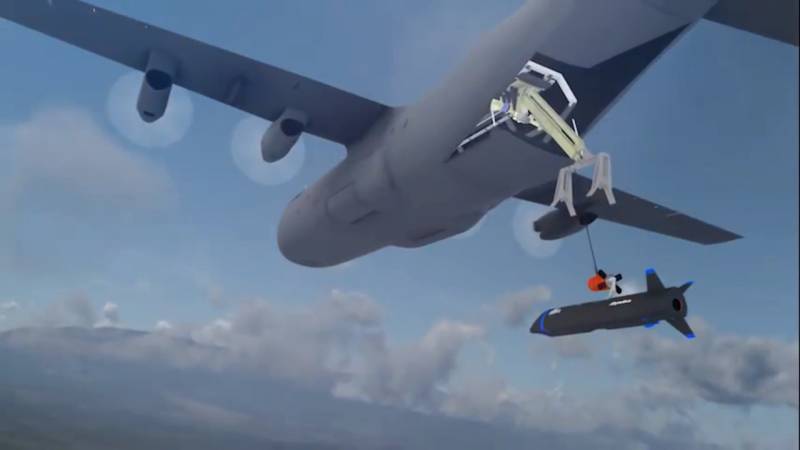
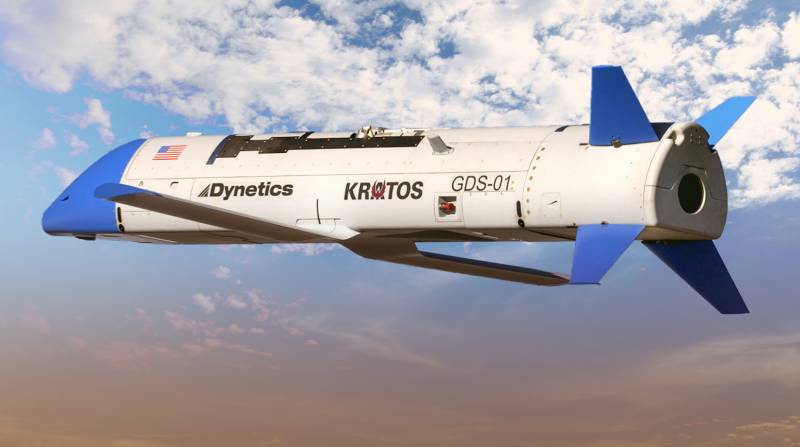
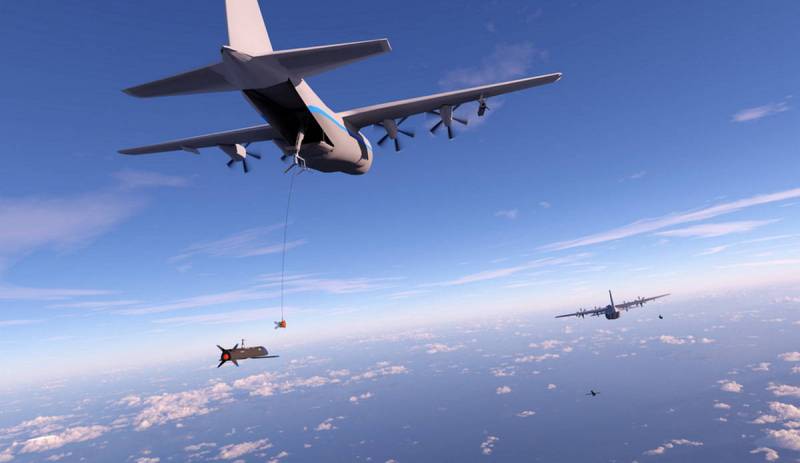
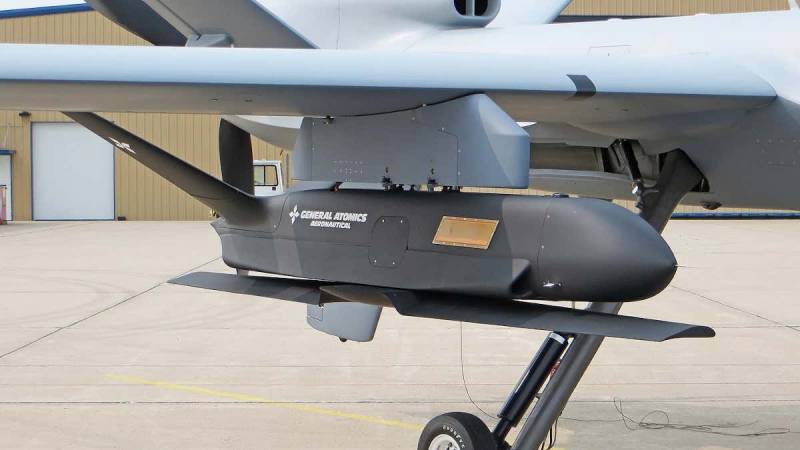
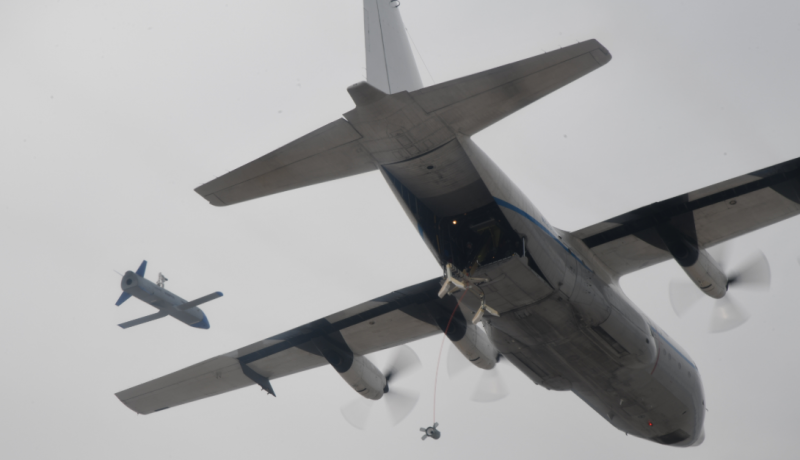
Information